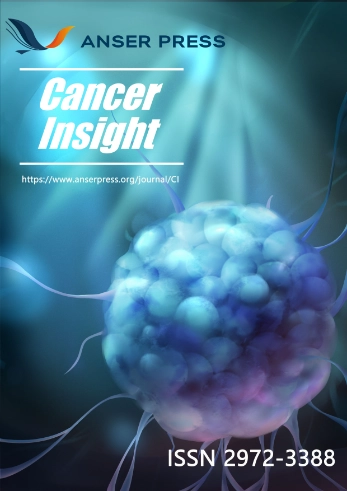Recent Progress in the Transition Metal Sulfide/Phosphide for Cancer Theranostic Applications
Abstract
Transition metal sulfides/transition metal phosphides (TMS/TMP) has shown great potential in cancer diagnosis and treatment due to its unique structural, optical, acoustic and magnetic properties. TMS/TMP can be formed from sulfur/phosphorus source and metal into binary compounds, or from the interaction of hydrogen sulfide (or hydrogen sulfuric acid) with metal oxides or hydroxides. It has a series of unique properties, such as high conductivity, metalloid properties, a variety of valence states and adjustable structure and so on. These advantages make it have great potential in biomedical applications, such as diagnostic imaging, disease therapy and drug/gene delivery. This review presents the latest research progress of TMS/TMP on tumor imaging, diagnosis and treatment. Here, we first illustrate the synthesis approaches and surface modification of TMS/TMP. Then, its emerging applications in tumor diagnosis and therapy are highlighted. Moreover, the challenges of TMS/TMP-mediated diagnosis/treat are provided and the prospective for this field are discussed.
Cite This Paper
Zhao, X., An, Q., & Cai, J. (2022). Recent Progress in the Transition Metal Sulfide/Phosphide for Cancer Theranostic Applications. Cancer Insight, 1(2), 14. doi:10.58567/ci01020005
Zhao, X.; An, Q.; Cai, J. Recent Progress in the Transition Metal Sulfide/Phosphide for Cancer Theranostic Applications. Cancer Insight, 2022, 1, 14. doi:10.58567/ci01020005
Zhao X, An Q, Cai J. Recent Progress in the Transition Metal Sulfide/Phosphide for Cancer Theranostic Applications. Cancer Insight; 2022, 1(2):14. doi:10.58567/ci01020005
Zhao, Xingru; An, Qi; Cai, Jingwen 2022. "Recent Progress in the Transition Metal Sulfide/Phosphide for Cancer Theranostic Applications" Cancer Insight 1, no.2:14. doi:10.58567/ci01020005
